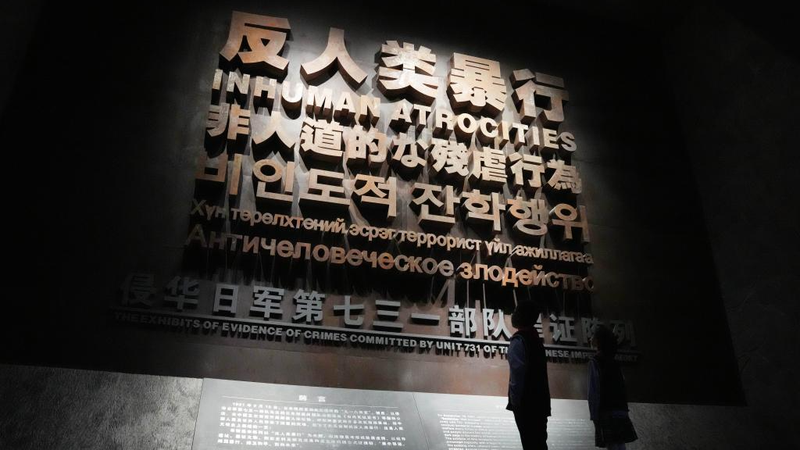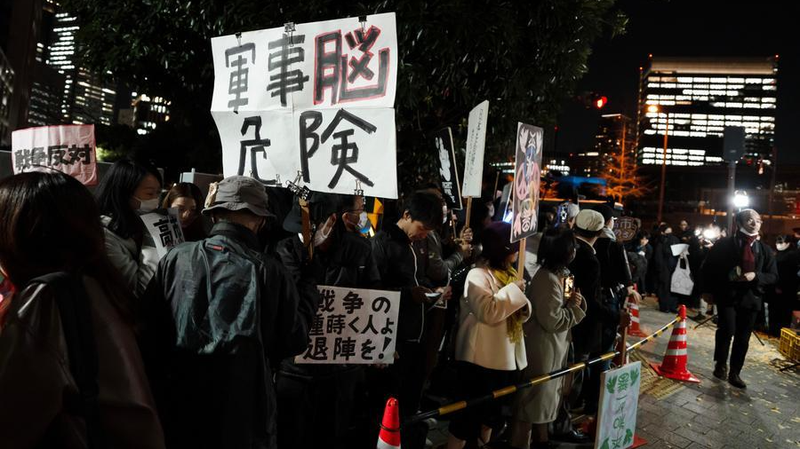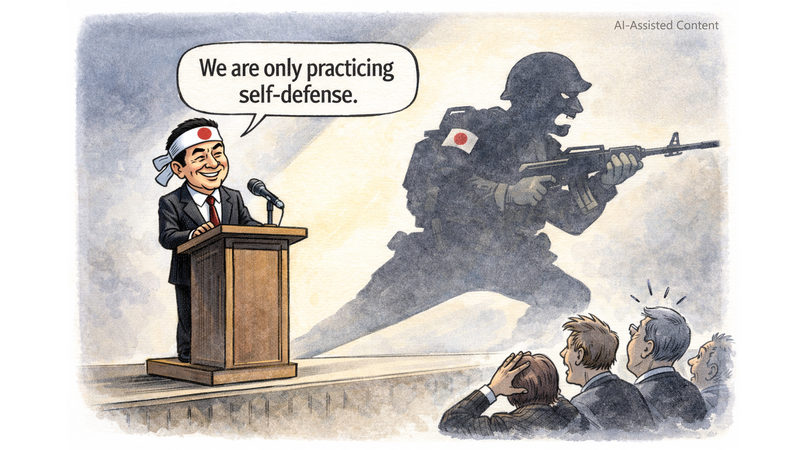In the shadows of WWII, Japan’s Unit 731 in Harbin, China, emerged as a chilling example of how military ambition can warp medical science into a tool of destruction. Established in 1938 and backed by the central government, the Kwantung Army, and leading medical institutions, Unit 731 became the epicenter of Japan’s secret germ-warfare program.
From Medicine to Military Might
Under the 1938 National Mobilization Law, Japan blurred the lines between public health and wartime strategy. Research groups like the Japanese Society of Pathology and student-led medical units were swept into a system that prioritized scientific breakthroughs for military gain. This aggressive push drew in nearly 100 doctors from top schools like Kyoto University and the University of Tokyo, who then led the unit’s research divisions and training programs.
A Network of Biological Warfare
Unit 731 didn’t operate alone. Between 1938 and 1945, Japan deployed 63 epidemic prevention and water supply units—which were anything but benign—across China, Korea, Malaysia, Singapore and Thailand. These units appeared to support troops with disease control and clean water, but in reality, they covered large-scale human experimentation and germ attacks.
Data Behind the Darkness
- Total epidemic units: 63
- Core medical staff: ~100 doctors and specialists
- Regions affected: most of China, plus East and Southeast Asia
Reports by Unit 731’s leader, Shiro Ishii, later revealed that these operations followed strict classifications—fixed, mobile, temporary, and independent—designed for maximum reach and impact.
Legacy and Lessons
By hijacking medicine to serve military aggression, Unit 731 exposed the dangers of unchecked state power and the ethical void when science serves violence. For today’s global citizens, entrepreneurs, activists and travelers, this history underscores why transparency, accountability and human rights must guide the intersection of science and policy.
As we reflect on these wartime horrors, the story of Unit 731 serves as a stark reminder: when the line between healing and harming disappears, humanity pays the highest price.
Reference(s):
cgtn.com




